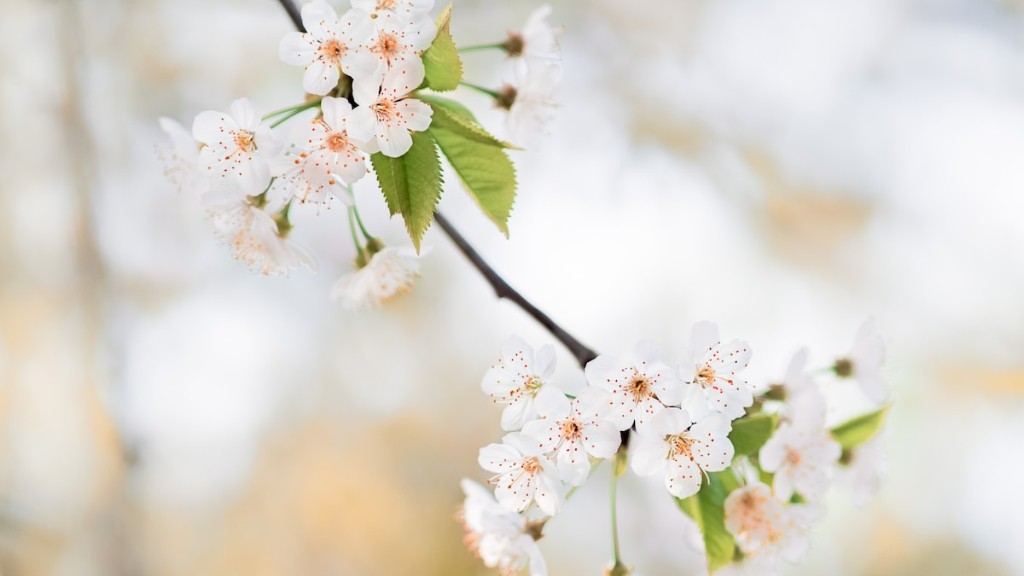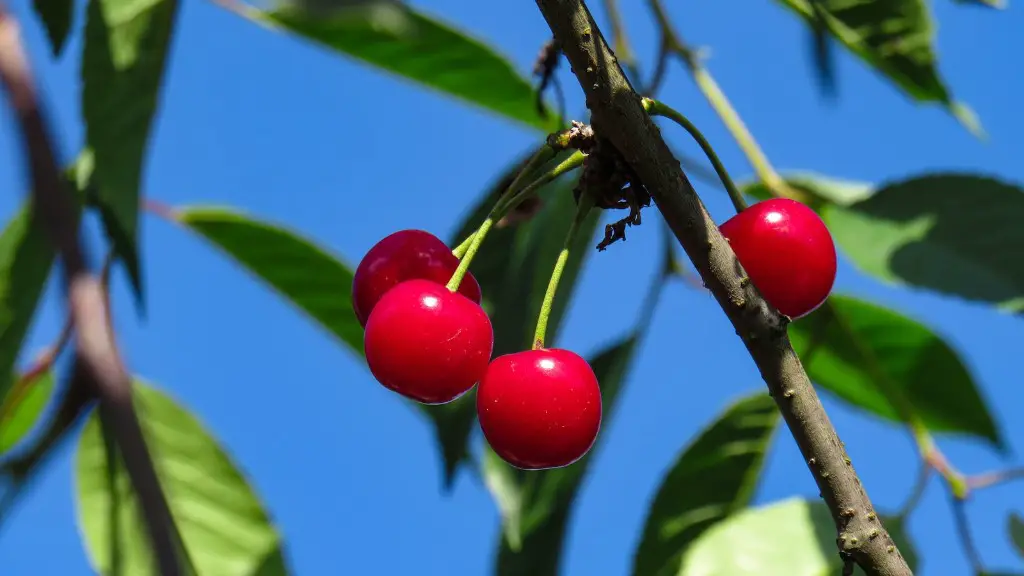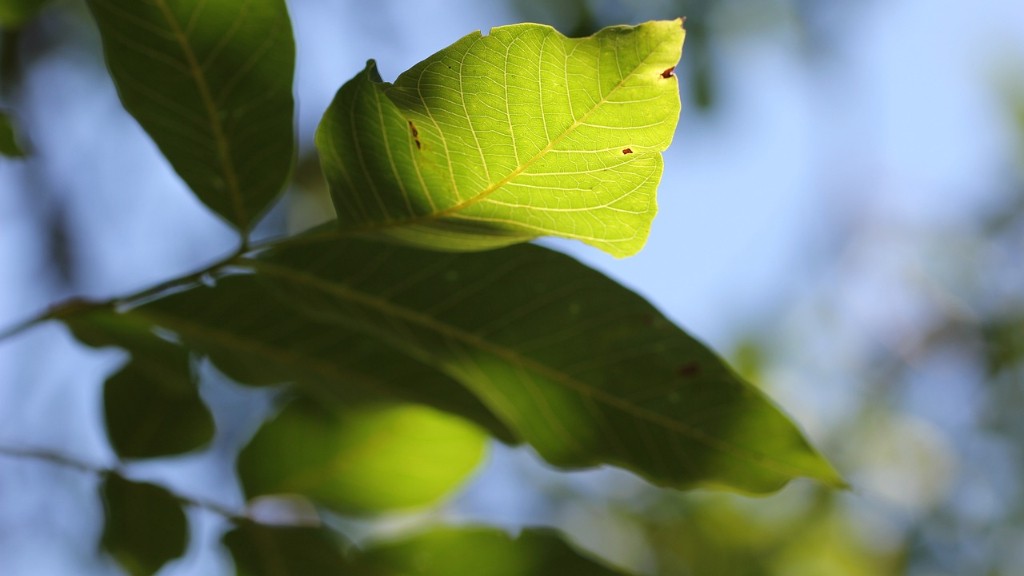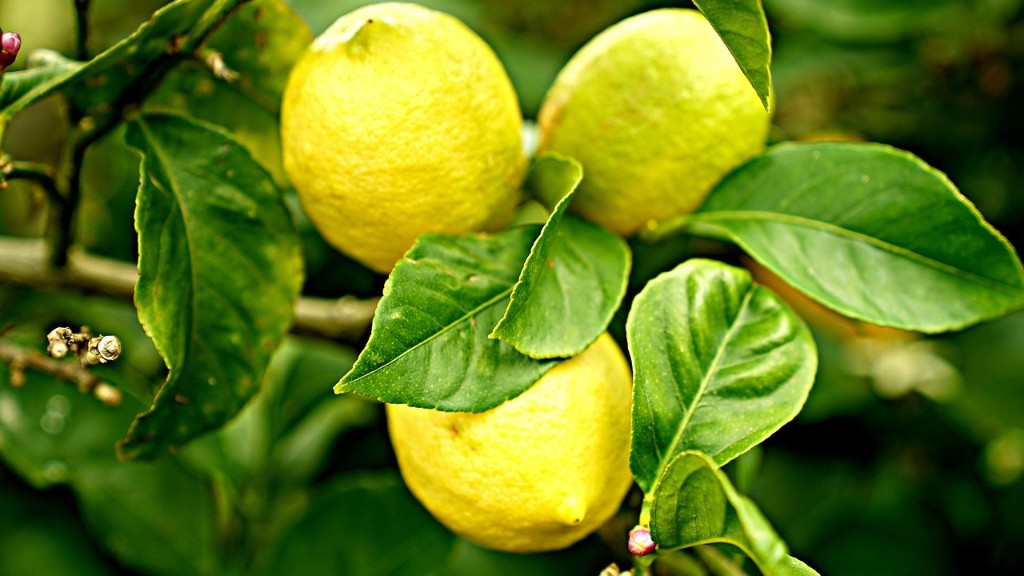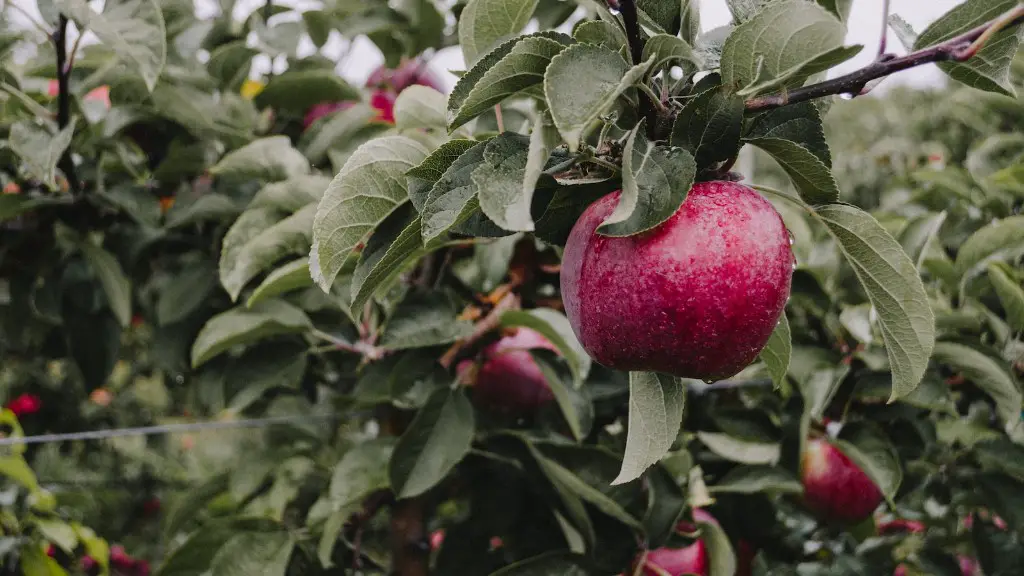Dwarf lemon trees (Citrus limon) can be grown and maintained in a large pot. There are many advantages to growing and maintaining small lemon trees in containers. Firstly, they are relatively low-maintenance and drought tolerant, as they don’t require as much watering as larger citrus trees. Secondly, they will not outgrow the pot, so they can be grown indoors or on a patio or balcony. Lastly, they can provide year-round enjoyment for citrus lovers, as the tree can produce a steady supply of zesty-tart lemons.
Follow these simple steps to grow a productive lemon tree in a pot of your own:
Preparing the Container
At least a 10-gallon container is required for a proper dwarf lemon tree; larger containers are preferable. Choose a heavy, deep pot that drains well. Paint the pot a light color to prevent it from absorbing too much heat. Make holes in the bottom of the container for proper drainage, and line the container with gravel or shards of broken pottery to help protect against root rot.
Fill the pot with a potting soil mix containing vermiculite or perlite (or both) to improve drainage and aeration. The soil should ideally have a pH of 6.0 to 6.5.
Locating the Tree
Choose a spot to locate the tree with plenty of light, such as a sunny windowsill or a patio. If growing the tree indoors, make sure it is protected from any sudden temperature changes.
The tree should be placed in the sun for at least six hours a day, but be sure to rotate the pot so the branches on one side do not outgrow the other. Take care not to expose the tree to direct, mid-day sun in the warmer months.
Planting the Tree
Place the tree in the pot and firm the soil around the base to provide adequate support. Once it is planted, water thoroughly and allow the water to drain completely. Apply a slow-release fertilizer after planting, and water the tree every week until the lemon fruits begin to form. Pruning may be necessary to keep the tree’s size in check.
Caring for the Tree
To keep the tree healthy, water when the soil is dry. Water on the upper surface of the soil and do not leave any standing water in the pot. Do not let the tree dry out completely. Remove any dead or diseased branches and leaves by pruning, as this prevents the spread of disease.
Fertilize the tree at least once a month during the spring and summer. Organic fertilizer is best; use citrus fertilizer or a liquid fertilizer with a balance of nitrogen, phosphorous and potassium.
Harvesting the Fruits
When the fruits are about the size of a tennis ball, you can begin harvesting. Lemons ripen off the tree, but you can enjoy their zesty aroma and juicy taste soon after harvesting.
Store the fruits in the refrigerator for up to three weeks or so. Store lemon juice, dried zest, and other preserves in glass jars and keep them in a cool place.
Handling Pests and Diseases
Check the leaves and branches on your tree regularly for any signs of pests or diseases. Common pest problems include aphids, scale insects, thrips, and spider mites. You can use pesticides such as neem oil to control these pests.
Sometimes fungal infections can affect trees grown in containers. Poor drainage, too much water, and too little air circulation can lead to fungal growth. To prevent fungal infections, avoid overwatering and improve drainage and aeration in the potting soil. If a fungal infection does occur, treat it with a fungicide, such as copper-based products, as quickly as possible.
Spraying the Leaves with Water
Spraying the leaves of your lemon tree with water is an important part of its maintenance. Water helps to keep the leaves healthy, reduce insects and pests, and reduce the risk of fungal growth.
Spray the leaves of your tree at least once a week. Use lukewarm water, rather than cold water, as this encourages photosynthesis and helps the tree to produce fruit. Aim the spray at the center of the leaves, so that all sides of each leaf are wet.
Mulching the Pot
Mulching the pot is a great way to keep the tree healthy, retain water, and improve aeration and drainage. A layer of mulch helps protect the roots, reduce evaporation loss from the soil, and discourage weed growth.
Choose a mulch that is organic and is not likely to introduce weeds or disease to the tree. Good options for lemon trees include cocoa shell, shredded bark, leaf litter, or pebbles. Make sure to keep the mulch at least 4 inches away from the trunk of the tree.
Providing Shade in Hot Sunlight
In some climates, extreme heat can be damaging to citrus trees. If your dwarf lemon tree is planted in direct sunlight, you may need to provide some shade. Place a frame-like structure with UV-resistant fabric above the tree, allowing some sunlight in while protecting the tree from excessive exposure.
In addition, you can try to protect the tree by wrapping the trunk in white fabric or canvas during the hottest months of the year. This will help prevent sunburn and can keep the tree cooler.
Carefully Monitor Potting Soil Moisture
Dwarf lemon trees need consistent soil moisture levels. Monitor the moisture of your potting soil regularly to ensure it’s not consistently too wet or too dry. If the soil is too wet, the tree’s roots may rot; if too dry, the tree may become stressed and suffer.
Check the moisture levels of the potting soil using your fingertips. When the top 2 inches of soil is dry, water the tree until the excess runs out of the pot’s drainage holes. Always check the soil before and after watering to get a better feel.
Encouraging Pollination in Domesticated Lemons
Although dwarf lemon trees grown in pots do not need to be pollinated in order to produce fruit, it is helpful to encourage natural pollination. This can be done by shaking the branches of the tree, manually moving the pollens between the flowers, or introducing bee hives into the area.
These methods are all ways to increase the number of successful fruit set. They are particularly useful for lemons grown indoors, as natural pollinators may not be present in a home environment.
Maintaining a Proper pH Level
If you plan to fertilize your dwarf lemon tree, you should make sure that the pH level in its soil is within the optimal range. The pH levels in soil should be between 6.0-6.5 for optimum growth. If the pH level is too low, lime can be incorporated into the soil to lower the acidity. Conversely, if the pH level is too high, sulfur or crushed pine needles can be used to increase acidity.
It is important to make sure to test the soil pH level regularly and make adjustments as needed.
Ensuring Adequate Air Flow
Citrus trees that are potted require ample air flow in order to thrive. To ensure adequate air flow, prune the tree regularly and check for damaged or old branches that need to be trimmed. Avoid piling soil up against the trunk of the tree, as this can limit air flow and cause root rot.
Placing the pot on feet or bricks can also improve air circulation around the pot and lower the risk of fungal infection. Finally, make sure the soil remains loose and friable, as this will also allow for proper aeration.

